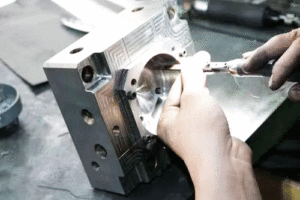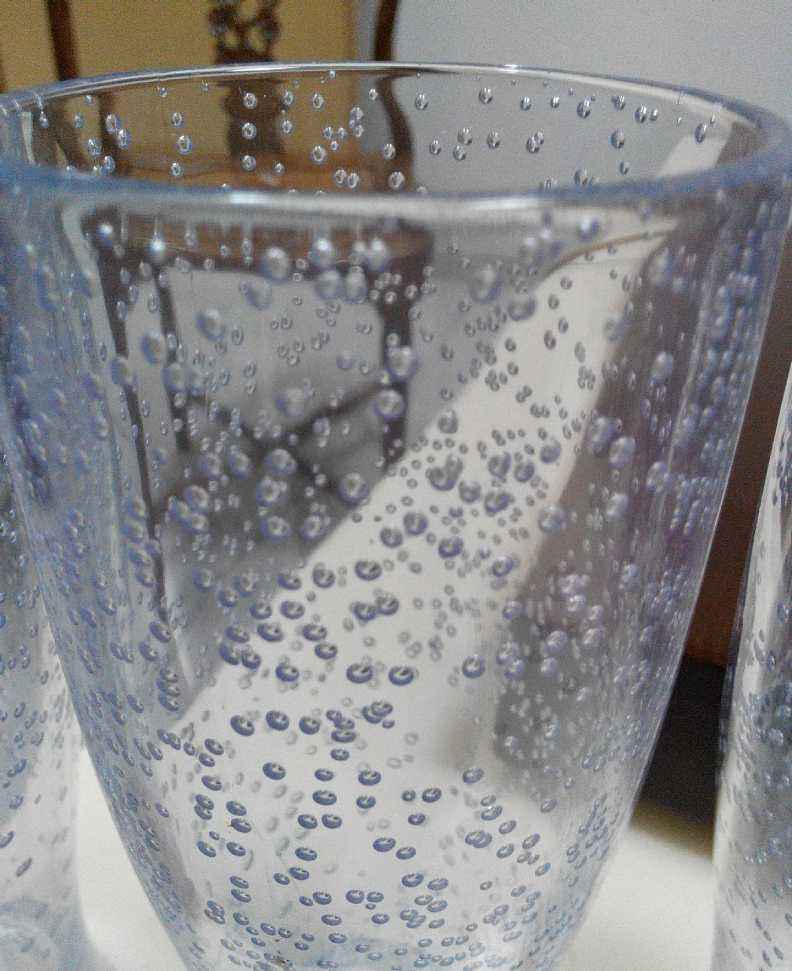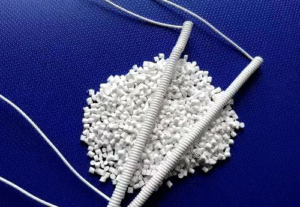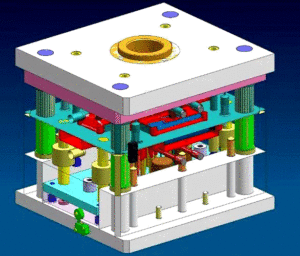
Polishing Treatment for Plastic Molds
Polishing Treatment for Plastic Molds With the widespread application of plastic products, such as daily-use items and beverage packaging containers, there is often a requirement
The following improper molding conditions will cause bubbles inside the plastic parts:
Especially during high-speed injection, the gas inside the mold is too late to be discharged, resulting in too much gas remaining in the melt. Therefore, we should appropriately reduce the injection speed. However, if the speed drops too much and the injection pressure is too low, it is difficult to exhaust the gas in the melt. And then bubbles, dents and undershot will probably occur. Therefore, you should be especially careful when adjusting the injection speed and pressure.
In addition, we can avoid bubbles and vacuum bubbles by adjusting the injection and holding time, improving the cooling conditions, controlling the amount of feed and other methods. If the cooling conditions of the plastic parts are poor, the plastic parts can be immediately put into hot water after demoulding, so that the internal and external cooling rate tends to be the same.
When controlling the mold temperature and melt temperature, the temperature can’t be too high. Otherwise it will cause the melt to depolymerize and decompose, generate a lot of gas or shrink excessively, and form bubbles or shrinkage holes. If the temperature is too low, the filling pressure will be insufficient, and the plastic parts are prone to voids and bubbles.
In general, the melt temperature should be controlled slightly lower, while the mold temperature slightly higher. Under such process conditions, it is not easy to produce a large amount of gas and shrinkage holes. When controlling the barrel temperature, the temperature of the feeding section shouldn’t be too high. Otherwise it will cause backflow of material and then bubbles.
Exact Reasons:
Therefore, first determine whether the cause for bubbles and vacuum bubbles is the mold defects. Then, according to the specific situation, adjust the structural parameters of the mold. Especially the gate position, it should be set at the thick wall of the plastic part.

When selecting the gate type, we should avoid using the direct gate because it’s easy to generate vacuum holes. This is because the pressure in the cavity is higher than the pressure in front of the gate after finishing the pressure holding. If the melt at the direct gate has not yet frozen at this time, the melt will flow back, causing holes to form inside the plastic part.
In the case that the gate type cannot be changed, it can be adjusted by extending the holding time, increasing the feed amount, and expanding the taper of the gate.
The gate cross-section should not be too small, especially when molding several plastic parts with different shapes at the same time. It must be noted that the size of each gate should be proportional to the weight of the plastic part. Or else, the bigger plastic parts are prone to air bubbles.
In addition, the slender and narrow runners should be shortened and widened to eliminate dead corners in the runners, and eliminate the failure of poor mold exhaust. When designing the mold, avoid any extra-thick parts or large disparity in thickness on the shape of the plastic part.
Exact Reasons:
It should be solved by using pre-dried raw materials, sieving out fine materials, replacing resins, and reducing the amount of recycled materials.

Polishing Treatment for Plastic Molds With the widespread application of plastic products, such as daily-use items and beverage packaging containers, there is often a requirement

Injection Molding Techniques for TPE and TPR Injection Molding Techniques for TPE and TPR 1. Dry the TPE and TPR material before injection molding It

Winter Maintenance Measures for Injection Molding Machines As winter approaches and temperatures gradually drop, a cold chill envelops the earth. While ensuring personal warmth, it

Assessment Regulations for Mold Trial Exceeding 3 Times Assessment Regulations for Mold Trial 1. Purpose The purpose of this regulation is to standardize the work of